The team behind a cutting-edge archaeology app is set to take Uist’s past all the way to Edinburgh.
Since the beginning of June, visitors to Kildonan Museum in South Uist have been able to able to step back thousands of years into the past – and go for a cup of tea afterwards.
And, at the nearby site of Cladh Hallan, a Bronze Age roundhouse can be rebuilt before your eyes.
This is the work of Uist Unearthed, the brainchild of UHI archaeologists Dr Emily Gal and Dr Rebecca Rennell.
The project includes both virtual reality (VR) and augmented reality (AR) exhibits.
VR headsets put the user in a completely digital world, while AR technology adds a digital overlay to the real world using a phone’s camera.
Each AR exhibit can only be seen on location in Uist.
The VR worlds, however, can go anywhere the headsets can be plugged in.
A journey to Parliament
Starting this month, they’re off on a tour to Scotland’s capital.
Its first two stops are at local music events: HebCelt in Stornoway from July 13-16, and Eilean Dorcha festival in Benbecula from July 22-24.
Then Uist Unearthed will hit the big city of Edinburgh, where its VR archaeology will be on display at two of Scotland’s most high-profile venues: the National Museum of Scotland and the Scottish Parliament.
And because the AR remains exclusive to sites in Uist, the VR also works as a “teaser”, says Dr Gal.
“What we really want is for people to come to Uist to get the full experience.”
The Uist Unearthed app scans a QR code near a site, and loads a digital recreation of what used to stand there.
Visitors can walk around to explore the model from every angle — including ‘inside’ the virtual structures.
Currently, AR experiences can be found in Cladh Hallan, Bornais, and Cill Donnain in South Uist, with sites in North Uist soon to come.
And Uist Uneathed’s team isn’t just interested in new visitors.
‘It’s about local people’
Dr Rennell says that “it’s also about local people, who might not think that the archaeology is for them.”
The project is part-funded by the European Regional Development Fund’s Natural and Cultural Heritage Fund administered by NatureScot, The National Lottery Heritage Fund, Comhairle nan Eilean Siar, and Stòras Uibhist.
The project’s connections to the community can be seen throughout the exhibit.
For example, the students at Sgoil Uibhist a Tuath got involved to help tell the story of Hugh MacDonald, who lived in Dun an Sticir in North Uist.
The children made storyboards and wrote and performed their own narration.
Dr Rennell says that it’s important for the island’s young people to be involved in their own history.
The story of Hugh MacDonald was told “with their own words and their own voices”.
‘Up close and personal’
The success of Uist Unearthed with both locals and tourists has highlighted how new technology can help keep history alive.
Dr Gal has seen a striking difference in the way visitors engage with Cladh Hallan, for instance.
She knows it’s easy to “walk up to Hallan, dutifully look at the sign, and think ‘right, I’ve done archaeology now, let’s go to the beach’.”
But now, she sees people “running around these sites, ducking to get under the virtual doors”.
“It’s about getting a bit more up close and personal with archaeology, and realising it can be for everyone.”
More local reporting from the Western Isles:
Islands deal helps North Uist arts centre build foundations for growth
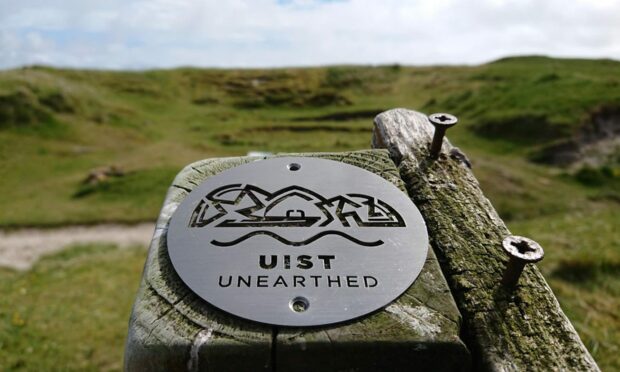
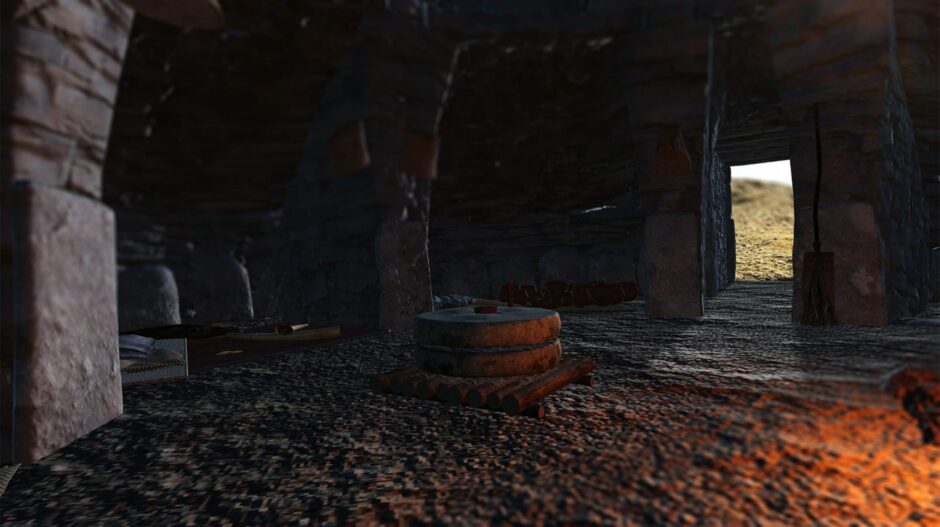
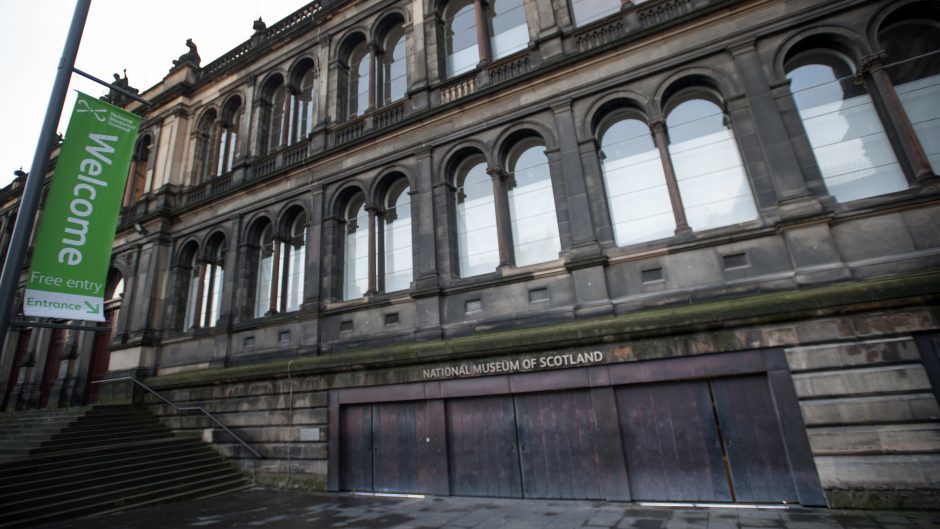
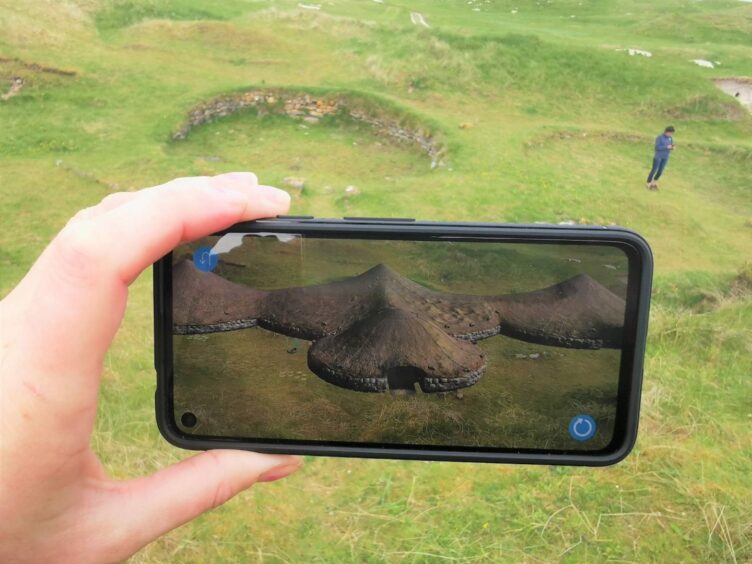
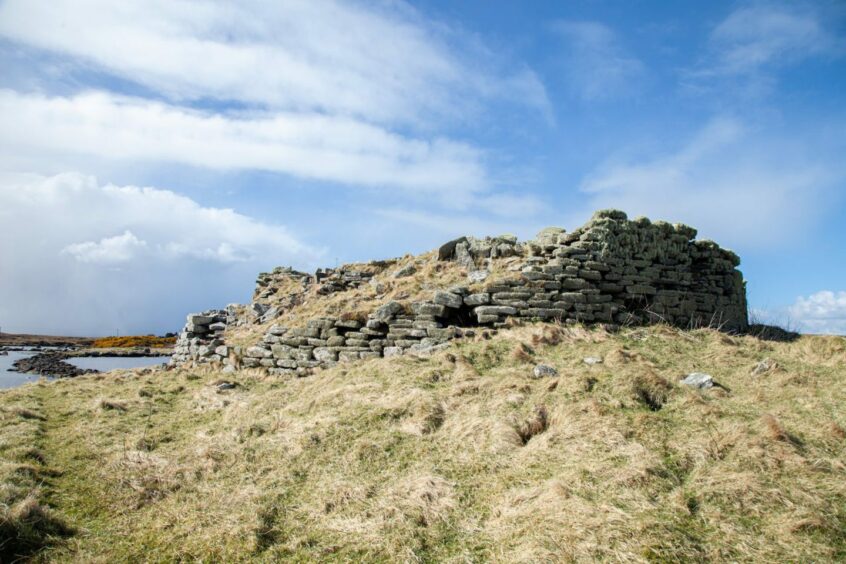
Conversation